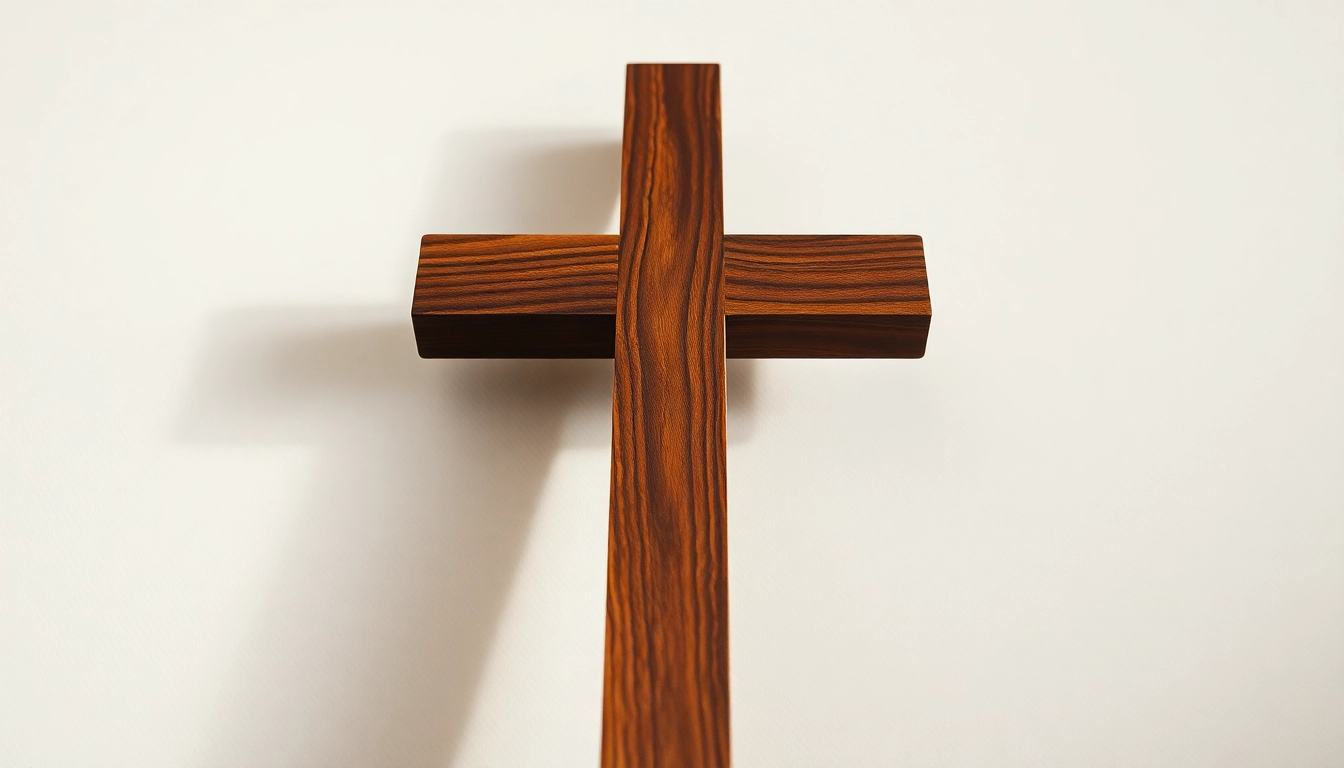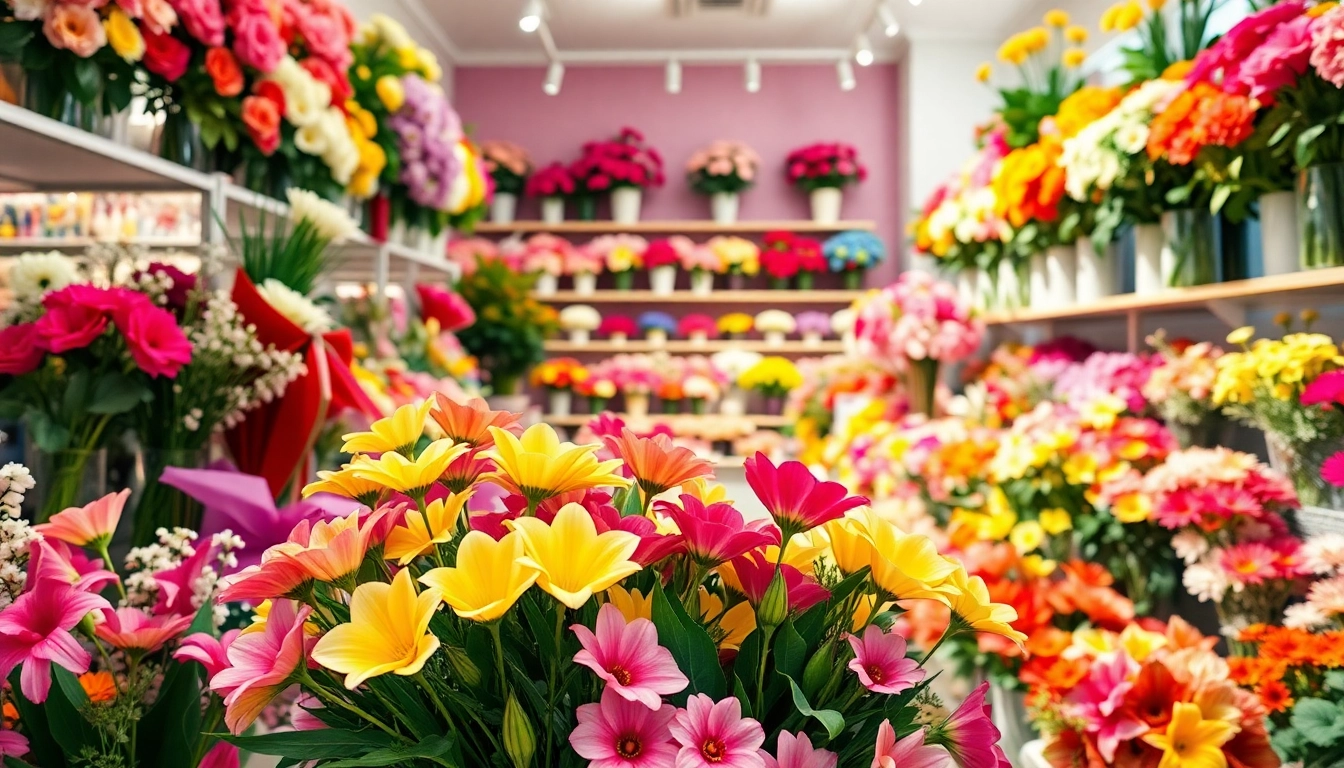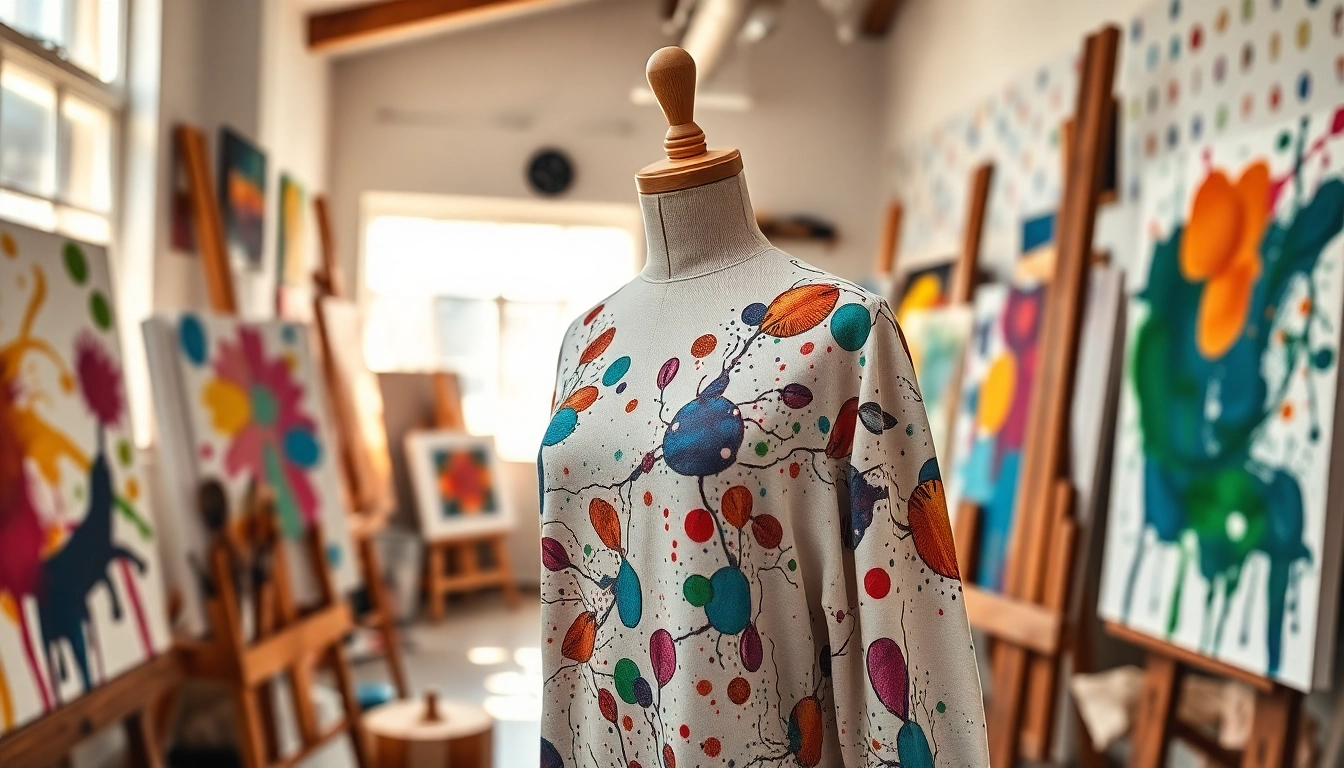
The Significance of Handmade Crosses
Handmade crosses hold a deeply rooted significance in both religious and cultural contexts. Exuding a sense of spirituality and personal touch, these unique items serve as symbols of faith, love, and identity across various communities. The creation of handmade crosses revolves around a rich history that intertwines with the beliefs and values of the artisans. Additionally, the diverse designs speak volumes about the cultural backgrounds from which they originate. Engaging with Handmade crosses allows individuals to connect not just with a religious artifact, but with stories and traditions passed down through generations.
Historical Context and Symbolism
The concept of the cross as a symbol predates Christianity and has been used in various cultures as a representation of the intersection between the divine and the terrestrial. Within Christianity, the cross signifies the crucifixion of Jesus Christ, representing sacrifice, redemption, and the promise of eternal life. Historically, artisans have crafted crosses from a plethora of materials, each telling its own story shaped by the availability of local resources and the prevailing artistry of the time.
From the wooden crosses of the early Christian martyrs to the intricate metalwork seen in cathedrals across Europe, each piece encapsulates a rich narrative. For instance, the use of olive wood, particularly from the Holy Land, symbolizes peace and perseverance, as the olive tree itself is known for its longevity and resilience. As artisanal techniques evolved, so too did the meanings attributed to handmade crosses, adapting to contemporary needs and practices.
Cultural Variations in Design
Crafting handmade crosses is an art form that varies significantly across cultures. In Latin America, crosses often feature vibrant colors and intricate carvings that reflect the region’s indigenous roots and Catholic traditions. These designs may incorporate local flora and fauna, symbolizing the connection between faith and nature. In contrast, Nordic designs typically embrace simplicity, emphasizing clean lines and more austere forms that align with the region’s minimalist aesthetic.
In the Philippines, the process of creating handmade crosses often involves communal efforts, linking the act of crafting with social and spiritual gatherings. Celebratory processes include blessings that imbue the crosses with spiritual energy. Consequently, the cultural variations not only enhance the aesthetic appeal of the crosses but also reinforce their intended purpose as conduits of spiritual expression across different societies.
Modern Interpretations and Usage
In today’s increasingly secular world, handmade crosses have found new meanings and applications. Many choose to display these items in their homes, not only as religious symbols but also as elements of decorative art. The blending of spirituality with contemporary design has led to a resurgence of interest in artisan craftsmanship, encouraging varied interpretations that resonate with individual beliefs and aesthetics.
Moreover, handmade crosses are often given as gifts during significant life events, such as weddings, baptisms, or memorials. This practice enriches the symbolic weight of the crosses, connecting them with personal milestones and family histories. As society becomes more interconnected, the appreciation for handmade crosses transcends geographical boundaries, with artisans sharing their work through global platforms and fostering a broader understanding of the significance behind each unique piece.
Materials Used in Crafting Handmade Crosses
The choice of materials used in crafting handmade crosses plays a vital role in defining their aesthetic appeal, durability, and spiritual significance. Artisans tend to select materials that resonate with the message they wish to convey, ensuring that each cross carries both an artistic and symbolic weight.
Popular Wood Types and Their Features
Wood is the most common material used in the creation of handmade crosses. Popular types include oak, cherry, maple, and walnut, each presenting unique characteristics. Oak, for instance, is celebrated for its robustness and considered a symbol of strength, while cherry wood, with its rich hue, symbolizes warmth and abundance.
Olive wood, particularly sourced from the Holy Land, is exceptionally revered for its significance in Christian iconography. Its natural grain patterns provide each cross with distinctive beauty, ensuring no two pieces are alike. The choice of wood not only conveys quality but also reflects the spiritual messages artisans aim to express through their work.
Alternative Materials and Their Significance
Beyond wood, artisans have embraced various alternative materials for crafting handmade crosses to enhance their expressive qualities. Metals such as bronze, silver, and even gold have been utilized to create stunning designs that embody grandeur and reverence. Metals are often adorned with precious stones, adding another layer of meaning and vibrancy.
Additionally, materials like ceramic and glass are used to produce uniquely textured crosses. Glass crosses, for example, can capture and refract light, symbolizing purity and clarity. These alternative materials not only expand the artistic scope but also appeal to collectors and enthusiasts seeking diverse forms of spiritual representation.
Sustainable Sourcing Practices in Cross Making
In an era where environmental consciousness is paramount, many artisans prioritize sustainable sourcing practices in their crafting process. This holds particular significance for wood, where deforestation concerns have prompted a shift toward responsibly harvested materials. Artisans often seek out local suppliers who engage in sustainable forestry practices, ensuring that their work supports both local economies and environmental stewardship.
Moreover, some artisans utilize reclaimed wood, giving new life to old materials while minimizing waste. This not only contributes to environmental sustainability but also imbues each cross with a story of resurrection and transformation, further enhancing its symbolic depths.
Techniques for Creating Handmade Crosses
The crafting of handmade crosses is characterized by a variety of techniques that reflect both traditional craftsmanship and innovative modern practices. Each method contributes to the uniqueness of the final product, showcasing the skill and creativity of the artisan.
Traditional Crafting Methods
Many artisans continue to honor traditional crafting methods passed down through generations. Techniques such as hand-carving involve meticulous attention to detail, as artisans spend hours shaping wood into intricate designs. This process often requires specialized tools such as chisels and gouges, demanding not only technical skill but also a deep understanding of the medium’s nuances.
In regions with strong artistic legacies, traditional techniques may include decorative wood-burning or inlay work that adds texture and depth to the cross. This emphasis on craftsmanship ensures each piece is distinctive and resonates with the lineage of the artisans’ culture.
Innovative Approaches in Modern Craftsmanship
While traditional methods hold significant value, contemporary artisans are blending modern technologies with these techniques to enhance efficiency and creativity. For example, laser cutting allows for precision in intricate designs that may be challenging to achieve by hand. These advancements enable artisans to experiment with complex patterns while preserving the essence of handmade artistry.
Additionally, employing digital tools for design can help streamline the brainstorming process, allowing artisans to visualize their creations before the actual crafting begins. This synergy between traditional and modern methods fosters an environment where innovation thrives, leading to a dynamic evolution of cross-making.
Tools and Skills Required for Artisans
Crafting handmade crosses requires a diverse set of tools and skills. While larger workshops may utilize industrial equipment, individual artisans often rely on hand tools that provide them with the control necessary for intricate work. Essential tools include saws, chisels, sanders, and finishing tools that allow for the refinement of texture and surface.
Skillfully maneuvering these tools demands a comprehensive understanding of woodworking principles, including grain orientation, joinery techniques, and finishing methods. Many artisans undergo years of training, honing their skills through practice, mentorship, and relentless experimentation. This synthesis of tradition, skill, and creativity ultimately culminates in the unique finishes and intricate details characteristic of handmade crosses.
How to Select the Right Handmade Cross for Your Needs
Selecting the right handmade cross involves careful consideration of personal preferences and intended use. As handmade crosses can vary immensely in design, size, and material, understanding these factors helps individuals identify a piece that resonates deeply with their spiritual or aesthetic aspirations.
Factors to Consider: Size, Material, and Style
The size of the cross plays a significant role in its intended placement and function. For wall displays, larger crosses can serve as striking focal points, while smaller crosses often find purpose on mantels or in personal spaces. The choice of material also affects the cross’s durability and visual appeal, with wood providing warmth and metal offering a sleek modernity.
Style considerations are equally important; whether one prefers minimalist designs or elaborate detail, the choice should align with personal aesthetics and the surrounding decor. Additionally, evaluating the cultural significance of various styles can enhance the cross’s importance beyond mere decoration.
Personalizing Your Handmade Cross
Many artisans offer customization options for handmade crosses, allowing buyers to add personal touches that enhance the piece’s significance. Customization can include engraving names, dates, or meaningful quotes that resonate with the individual’s journey. Such personal touches transform the cross from a decorative item into a cherished heirloom that carries the essence of one’s faith and personal history.
Personalization can also extend to the choice of colors and finish, ensuring that the cross aligns with both spiritual sentiment and interior design considerations. Obtaining a custom-made cross elevates the experience of ownership, allowing individuals to engage in the creation of a unique artifact that holds profound meaning.
Common Uses and Placement Recommendations
The uses of handmade crosses vary widely depending on individual beliefs and contexts. Commonly, crosses are displayed prominently within homes, serving as constant reminders of faith and spirituality. However, their placement should be thoughtful; for wall hanging, traditional locations often include above mantels, in entryways, or within prayer corners.
For personal use, smaller handheld crosses can accompany individuals in prayer or meditation, serving as tactile points of focus. In addition, crosses are frequently gifted during significant life events, imbuing them with personal narratives that resonate within families.
Caring for Your Handmade Cross
Prolonging the beauty and integrity of handmade crosses requires mindful care and maintenance. Understanding how to clean, display, and preserve these items ensures they continue to convey their spiritual significance and artistry over time.
Cleaning and Maintenance Tips
Caring for a handmade cross starts with regular cleaning. For wooden crosses, a soft cloth can be used to wipe away dust and oil. It is advisable to avoid harsh chemicals that can damage the finish; instead, a mixture of gentle soap and water may suffice for deeper cleaning. For metal crosses, specialized cleaners designed for the specific type of metal should be employed.
Additionally, regularly inspecting the cross for any signs of wear or damage can help address issues before they require extensive repairs. This ongoing maintenance preserves the craftsmanship and ensures that the piece remains a source of pride.
Displaying Your Cross in Home Decor
Displaying a handmade cross in home decor transcends mere aesthetic appeal; it establishes an atmosphere of spirituality and reflection. Creative placements can include pairing the cross with complementary decor items such as candles, art pieces, or plants that enhance the visual impact while maintaining a cohesive theme.
It is vital to consider the lighting conditions of the display area as well. Placing a cross in well-lit spaces can create dramatic effects, particularly if the cross incorporates reflective materials, waiting for its moment to capture light and foster contemplation.
Preserving the Craftsmanship and Integrity Over Time
The longevity of a handmade cross relies heavily on its care and the environment in which it resides. Protecting wooden crosses from direct sunlight, humidity, and extreme temperature changes can reduce the risk of warping or cracking. Consideration should be given to applying protective finishes or oils to enhance durability, particularly in more humid climates.
For metal crosses, applying a clear sealant can prevent tarnishing and maintain shine, requiring periodic renewal depending on exposure to air and moisture. This ongoing commitment to preserving the craftsmanship not only assures the physical integrity of the pieces but also fosters a deeper spiritual connection and appreciation for artisan traditions.





